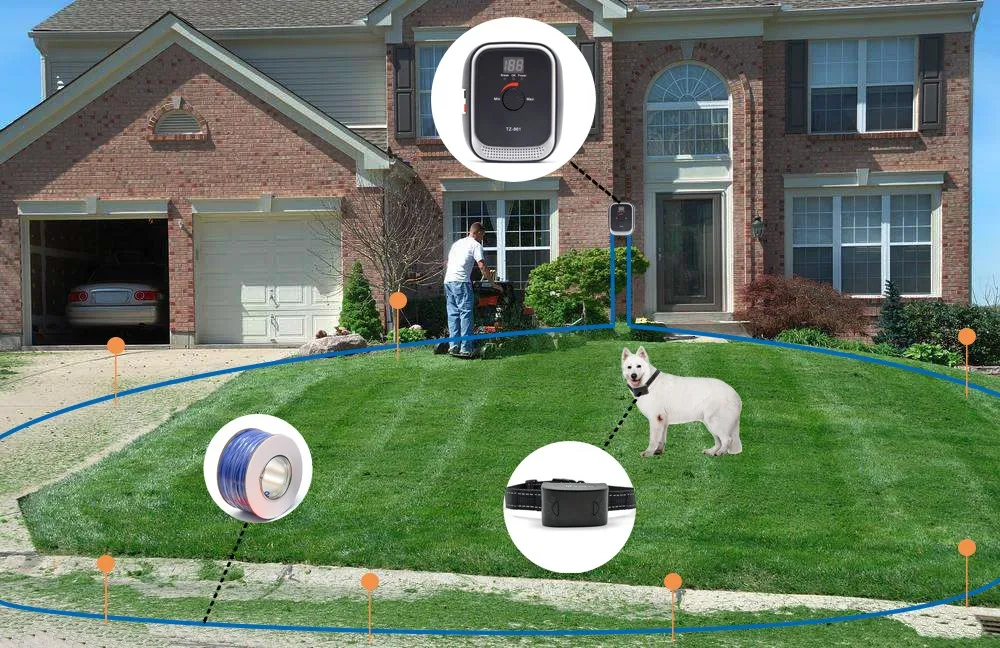
The Europe market for Electric Dog Collars is estimated to increase from USD million in 2022 to reach USD million by 2028, at a CAGR during the forecast period of 2023 through 2028. The China market for Electric Dog Collars is estimated to increase from USD million in 2022 to reach USD million by 2028, at a CAGR during the forecast period of 2023 through 2028. The USA market for Electric Dog Collars is estimated to increase from USD million in 2022 to reach USD million by 2028, at a CAGR during the forecast period of 2023 through 2028. The electronic dog collar is specially formed with electronic parts that should be placed around the neck of the dog, and it can be controlled through a handheld remote.ĭue to the COVID-19 pandemic and Russia-Ukraine War Influence, the global market for Product Name estimated at USD million in the year 2022, is projected to reach a revised size of USD million by 2028, growing at a CAGR during the forecast period 2022-2028. Market Analysis and Insights: Global Electric Dog Collars MarketĮlectronic dog collar, also call e-collar and shock collar, is a special receiver collar that is used in conjunction with an electric dog fence. The Electric Dog Collars industry is anticipated to have phenomenal annual growth (2023- 2030). In order to give stakeholders, vendors, and other industry participants with information that will be useful, the study delivers the research and analysis contained in the Electric Dog Collars Market Research.
ELECTRIC DOG OFFLINE
Thank you David Mitchell for telling me about the Electric Dog.The comprehensive analysis of the " Electric Dog Collars Market" offers a thorough examination based on regions, applications (Online Sales, Offline Sales), and types (Up to 300 Yard Range, 300-500 Yard Range, 500-800 Yard Range, 800-1000 Yard Range, Others). Roberto Cordeschi, The Discovery of the Artificial: Behavior, Mind and Machines Before and Beyond Cybernetics, Kluwer Academic Publishers, Dordrecht, 2002.Īnd Miessner himself describes the robot in the Electrical Experimenter, 1915, p. if both 'eyes' received sufficient light then power would be supplied to the Motor but the Solenoids would be OFF so the Dog would steer straight ahead.if one 'eye' received light so that its associated Relay operated, activating the Pony Relay, then power would be supplied to the Motor, and to the Solenoid on the opposite side, so the Dog would move forward and steer towards the light.if neither Selenium cell 'eye' received light sufficient to reduce its resistance so that its associated Relay operated, then no power would reach the Motor or the Solenoids and the Dog would remain OFF.The electric dog, initially a “scientific curiosity,” may within the very near future become in truth a real ‘dog of war,’without fear, without heart, without the human element so often susceptible to trickery, with but one purpose: to overtake and slay whatever comes within range of its senses at the will of its master.” Miessner, 1916Īssuming the black blob separating the two arms of the Pony Relay is an insulator it would appear that and Miessner’s electric dog was said “to inherit almost superhuman intelligence.” Cordeschi, The Discovery of the Artificial - Introduction xv (see below)

In 1915, the radio-controlled torpedo embodying the simple self-orientation mechanism of Hammond Jr. is fitted with apparatus similar to that of the electric dog, so that if the enemy turns their search light on it, it will immediately be guided toward that enemy automatically. Intelligent Machines and Warfare, Roberto Cordeschi and Guglielmo Tamburrini, (ECAO 2004) Miessner described in some detail the behavior of the electric dog in Radiodynamics: The Wireless Control of Torpedoes and Other Mechanisms. Review under the name of “electric dog,” by which it became popularly known. Two years later, Miessner presented this machine in the Purdue Engineering and Benjamin Miessner, was actually built by the latter. This machine, designed in 1912 by two American experts in radio-controlled devices, of Physical Sciences, Università di Napoli Federico II, Italy Napoli, 20 maggio 2005 Ethical Issues in Robotics, Bionics, and AI Guglielmo Tamburrini ☍ept. and Benjamin Miessner who worked in the field of 'Radiodynamics', or the wireless control of mobile torpedoes, in particular the so-called “teleautomata” or “self-acting automata.

History Makers - Electric Dog 1912 Īn electric dog, the ancestor of all phototropic self-directing robots, was designed in 1912 and constructed in the USA by researchers John Hammond, Jr.


 0 kommentar(er)
0 kommentar(er)
